By: Dr. HA. Hanief Saha Ghafur, MA.; Head of the Doctoral Program of the School of Strategic and Global Studies (SKSG) University of Indonesia (UI)
Perhaps in the United States (US) there is a curse on the Empu Gandring kris. Where did the curse come from? It is certain to come from the Arms Ownership Act (UU) in the United States. This law is fully supported by several institutions and employers’ associations.
Possession of guns is “legitimized” and justified by law, “the right to own guns by all citizens” according to the Second Amendment to the US Constitution.
In the Second Amendment to the Constitution it says, “A well-regulated militia, which is necessary for the security of an independent state, the right of the people to own and carry weapons, must not be violated.”
Also Read: The Forty-Four-Days of Glory: Azerbaijan’s Struggle for Justice and Peace
The project owner is the NRA (National Rifle Association), one of the most powerful and richest political lobbies in the US (reputedly, stronger than AIPAC, the Israel lobby). It contains the weapons industrialists in the US who pay almost all members of Congress (the Senate plus the House of Representatives).
It is interesting to look at the logic of the Arms Ownership Act in the United States. Facilitate the ownership of weapons, because the state (apparatus) is considered unable to fully protect it. It is calculated for a duration of 24 hours that the officers cannot and are not able to protect their own security. Especially, vulnerable groups who need protection.
This logic is the basis for the need for optimal self-protection Protection closes every loophole and opportunity for someone to act aggressively against another person. This clause became significant after it became a paragraph in the Arms Ownership Act in the United States.
This newsstatesman.com article describes the power of lobbies to influence power centers. Especially, the NRA and its relationship with the government, the Senate, the House of Representatives, and even parties in the US.
Also Read: Palestine Solidarity Month: A Collective Movement for Al-Aqsa and Palestine’s Freedom
These institutions, organizations, and lobbyists build networks to influence policies and laws and regulations.
The group was founded in 1871 by two veterans of the US Civil War. The NRA is intended as a gun watch group that “promotes and encourages scientific shooting”.
The NRA began political lobbying in 1934. At that time, the leadership of the NRA sent a letter to their members with information about the draft firearms regulation being discussed.
The association supported two arms control and control measures, namely the National Firearms Act of 1934 and the Arms Control Act of 1968. The NRA became more politically active in the 1970s.
Also Read: Hassan al-Turabi: A Controversial Thinker from Sudan
In 1975, the NRA began trying to influence policy directly through the lobbying body they formed, the Institute for Legislative Action. Two years later, the agency established a Political Action Committee to channel funds to legislators.
The NRA is now one of the most powerful special interest lobby groups in the US.
They have large enough budgets to influence members of Congress in gun policy making. The association is run by Wayne LaPierre, who is the organization’s executive vice president.
It is interesting to look at lobby groups in the US such as the NRA, AIPAC, and so on. They not only influence, but can buy policies and laws and regulations. It even sided with the subjective interests of businessmen and politicians.
Also Read: Who Exactly is the RSF Group Shaking Sudan?
In fact, many of their games are not understood and are not based on the aspirations of the common people. They are lobbyists to play with the manipulation of opinions and the pretext of their interests.
They play through Congress, the Senate, as well as government executives. Their entry points come through their assistants and think tanks, such as the Brookings Institute, DRN, AEPP (American Enterprise for Public Policy), and so on.(T/RE1)
Mi’raj News Agency (MINA)
Also Read: The Two-State Solution (Palestine–Israel) in Historical Perspective





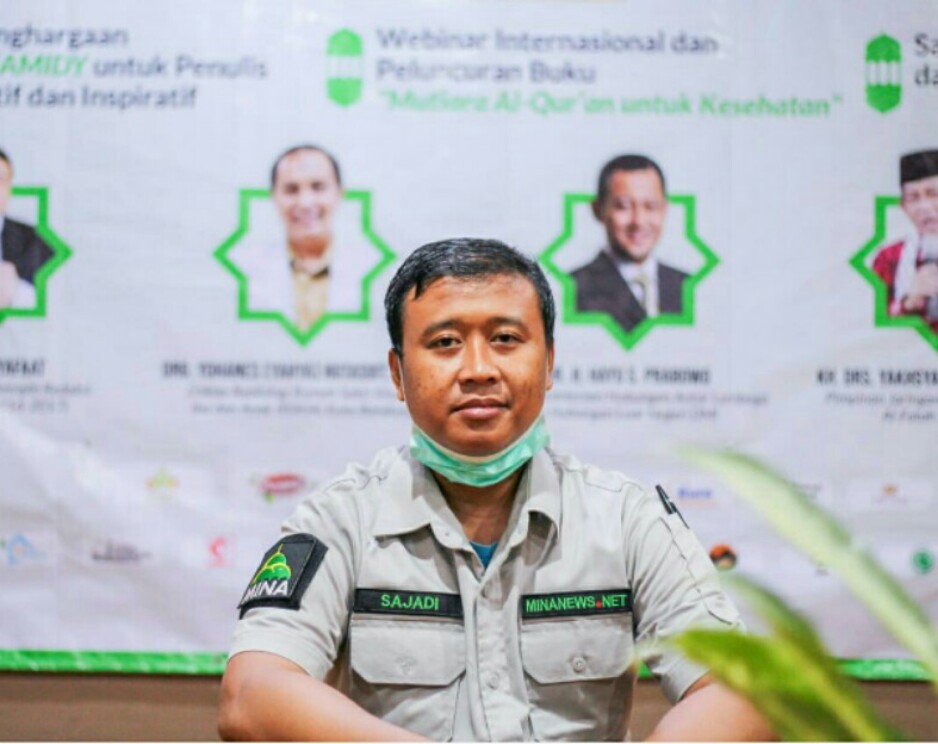
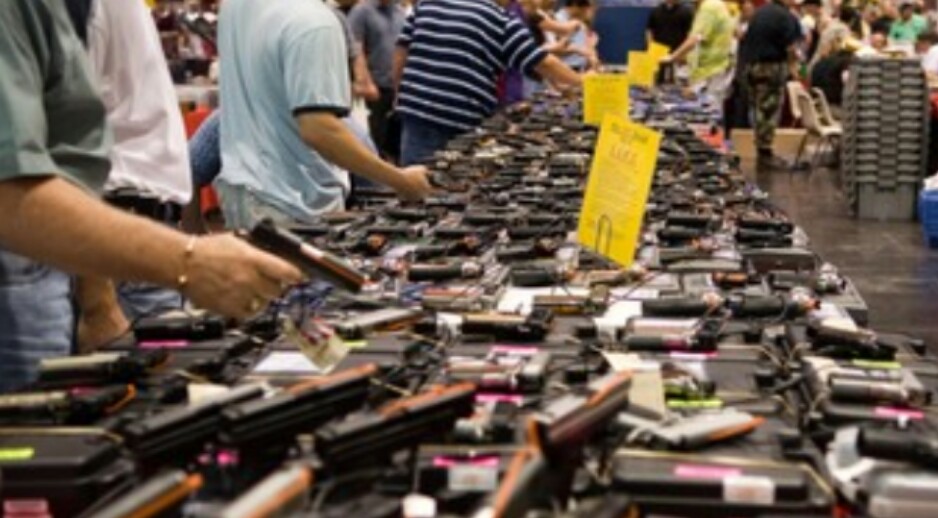

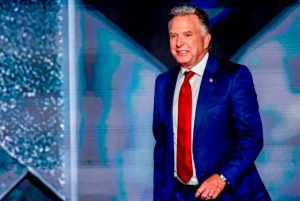
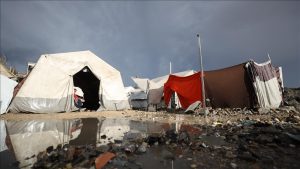
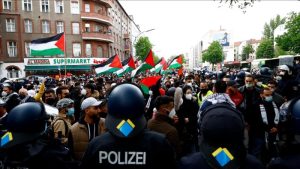
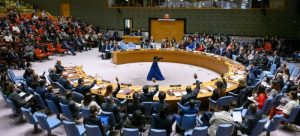
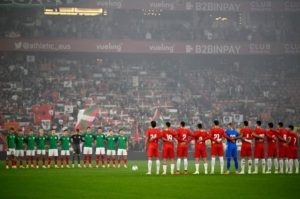
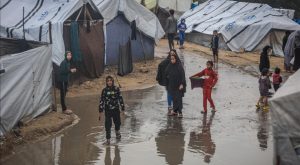
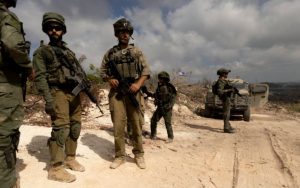
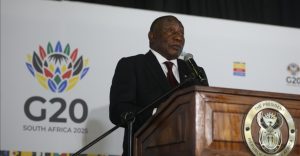
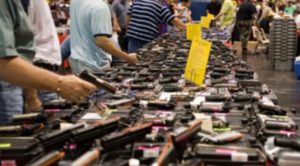
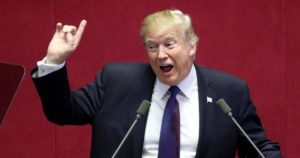





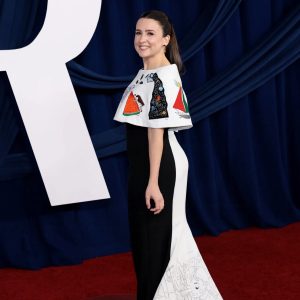





 Mina Indonesia
Mina Indonesia Mina Arabic
Mina Arabic